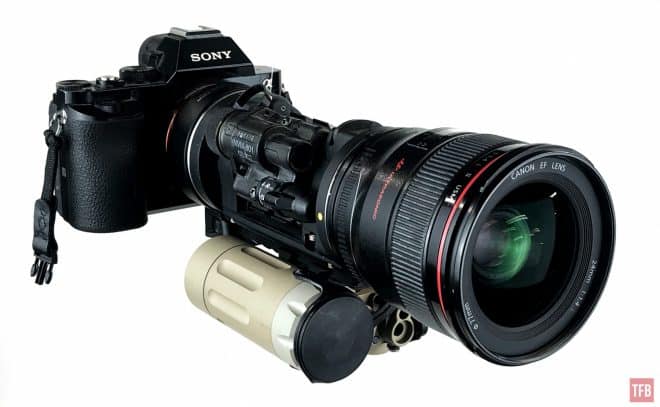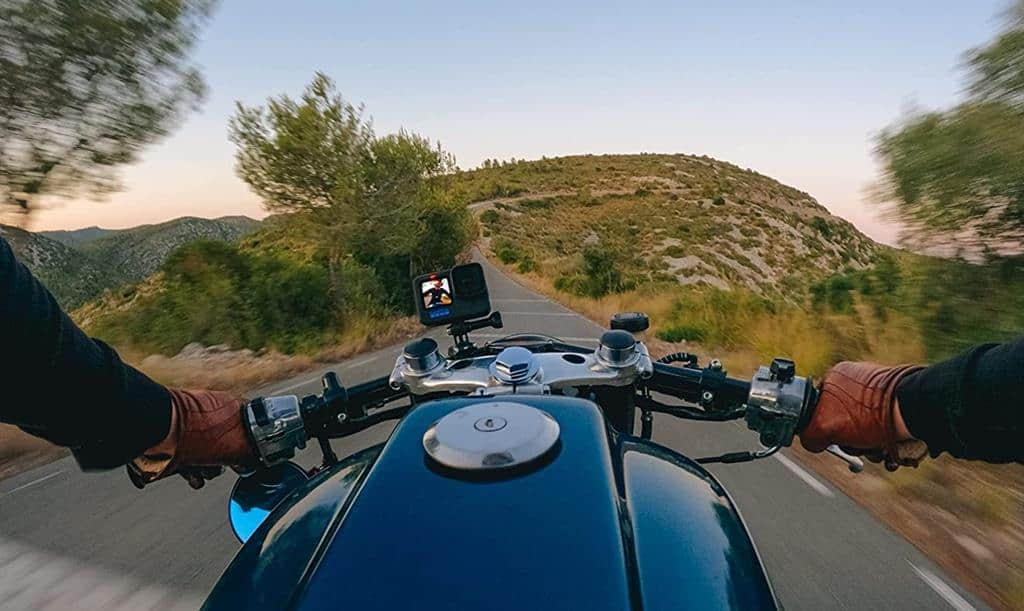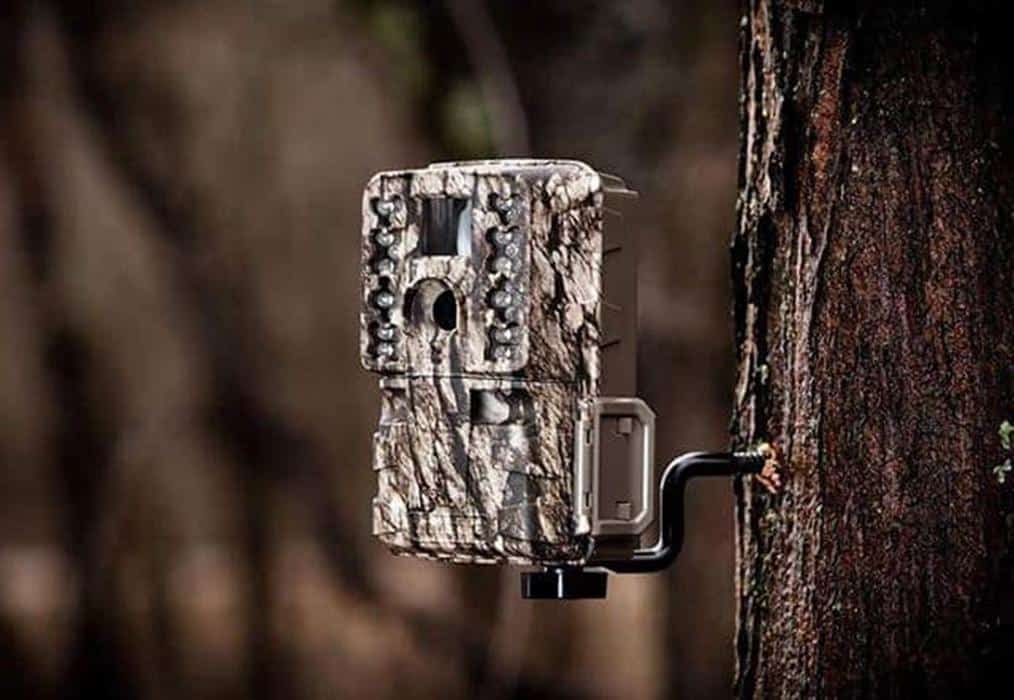Digital Single-Lens Reflex (DSLR) cameras are renowned for their versatility and ability to capture high-quality images in various lighting conditions. However, the concept of night vision, as commonly associated with devices like night vision goggles, is not a feature inherent to DSLR cameras. Instead, DSLRs rely on their sensor sensitivity, lens capabilities, and the photographer’s skill to capture images in low-light situations. In this article, we’ll explore the factors that contribute to a DSLR’s performance in low-light scenarios and how photographers can maximize their camera’s capabilities for night photography.
Understanding Low-Light Performance:
1. Sensor Sensitivity (ISO):
One of the key factors influencing a DSLR’s performance in low light is its ISO sensitivity. ISO measures the camera sensor’s ability to capture light. Higher ISO values, such as 800, 1600, or even higher, make the sensor more sensitive to light, enabling photographers to shoot in darker environments. However, it’s important to note that increasing ISO also introduces digital noise, which can impact image quality.
2. Lens Aperture:
The aperture of the camera lens also plays a crucial role in low-light conditions. A wider aperture (lower f-stop number) allows more light to enter the camera, facilitating better performance in low-light situations. Prime lenses with large apertures, such as f/1.4 or f/1.8, are popular choices for night photography due to their ability to gather more light.
Night Photography Techniques with DSLR:
3. Long Exposure:
DSLRs excel in capturing long-exposure shots, which is a common technique employed in night photography. By using a tripod to stabilize the camera, photographers can keep the shutter open for an extended period, capturing more light and details in low-light conditions. This technique is particularly useful for astrophotography, capturing star trails, and cityscapes at night.
4. Light Painting:
Another creative technique is light painting, where photographers use external light sources to illuminate specific elements in the frame during a long exposure. This adds an artistic touch to night photography, allowing photographers to control the lighting in their compositions.
Challenges of Night Photography with DSLRs:
5. Autofocus Limitations:
In low-light situations, DSLR autofocus systems may struggle to lock onto subjects. To overcome this, photographers often switch to manual focus or use techniques like pre-focusing on a well-lit object before framing the shot.
6. Noise Reduction:
High ISO settings can introduce digital noise in images. While some level of noise is inevitable in low-light conditions, photographers can employ post-processing techniques and noise reduction tools to enhance the final image quality.
In summary, while DSLR cameras do not possess traditional night vision capabilities, their versatility and advanced features make them well-suited for capturing stunning images in low-light conditions. Photographers can leverage high ISO settings, wide-aperture lenses, and various night photography techniques to push the boundaries of what is possible with their DSLRs. With practice and experimentation, capturing captivating night scenes becomes an exciting and rewarding aspect of photography for DSLR enthusiasts.
Are Dslr Cameras Good at Night?
Yes, DSLR cameras are generally good at night photography. Their large sensors and adjustable settings, such as ISO and aperture, allow for effective low-light performance.
With features like long exposure and the ability to use wide-aperture lenses, DSLRs are capable of capturing stunning images in various night-time scenarios, including cityscapes, astrophotography, and light painting.
While challenges like autofocus limitations and potential noise at higher ISO settings exist, skilled photographers can navigate these to produce high-quality night shots with DSLRs.
Do Canon Cameras Have Night Vision?
Traditional night vision, as seen in devices like night vision goggles, is not a standard feature in Canon cameras or most DSLRs. Night vision typically involves the use of infrared technology to capture images in extremely low-light conditions.
However, many Canon cameras, like other DSLRs, are equipped with features that make them well-suited for low-light photography. These features include high ISO sensitivity settings, which allow the camera’s sensor to be more responsive to available light, and the ability to use lenses with wide apertures to gather more light.
In practice, while Canon cameras do not have built-in night vision technology, they perform admirably in low-light conditions, and photographers can employ various techniques, such as long exposures and using lenses with large apertures, to capture impressive images in low-light or nighttime settings. Always check the specifications of the specific Canon camera model you are interested in for the latest features and capabilities.
Does Every Camera Have Night Vision?
No, not every camera has night vision. Night vision generally refers to the ability to see in low-light or no-light situations. This can be accomplished in a number of ways, but most night vision cameras use some form of infrared (IR) technology.
Infrared light is invisible to the human eye, but it can be detected by special sensors that are sensitive to its wavelength. By using an IR illuminator, a night vision camera can “see” in complete darkness. Not all cameras have this capability, however; so if you’re looking for a camera with night vision, be sure to check its specs before making your purchase.
What is the Best Camera for Night Vision?
When it comes to cameras specifically designed for night vision, the term is often associated with devices like night vision goggles or surveillance cameras that use infrared technology. These cameras are capable of capturing images in low-light or complete darkness by relying on infrared illumination.
For night vision applications, specialized devices like thermal imaging cameras or dedicated night vision cameras are more suitable. Some reputable brands in the field of night vision cameras include FLIR Systems, Armasight, and ATN.
However, if you’re interested in general low-light photography rather than specialized night vision technology, many digital cameras perform well in low-light conditions. Mirrorless cameras and DSLRs from reputable brands like Sony, Nikon, and Canon often have excellent low-light performance due to features such as high ISO sensitivity and advanced image processing capabilities.
For astrophotography or capturing scenes in extremely low-light conditions, certain models like the Sony A7S series or Canon EOS R5, which offer impressive low-light capabilities, might be worth considering.
When choosing a camera for low-light or night vision purposes, it’s essential to consider your specific needs, budget, and whether you require specialized night vision technology or a camera with excellent low-light performance for more general photography purposes. Always check the latest models and reviews to ensure that the camera you choose meets your specific requirements.

Best Cameras for Night Vision
If you’re specifically looking for cameras that excel in low-light conditions or for night vision applications, it’s essential to consider factors like sensor sensitivity, ISO range, and the ability to capture clear images in challenging lighting situations. Here are some cameras known for their impressive low-light performance:
-
Sony A7S III: The Sony A7S III is renowned for its exceptional low-light capabilities. With a full-frame sensor and impressive ISO range, this mirrorless camera is a popular choice for both videographers and photographers working in low-light environments.
-
Canon EOS R5: The Canon EOS R5 is a mirrorless camera that features a high-resolution sensor and advanced image processing. It performs well in low-light conditions, making it suitable for various applications, including night photography and videography.
-
Nikon Z6: The Nikon Z6 is a full-frame mirrorless camera known for its excellent low-light performance. It has a good balance of resolution and low-light capabilities, making it versatile for different shooting scenarios, including night photography.
-
Sony RX100 VII: If you’re looking for a compact camera with strong low-light performance, the Sony RX100 VII is worth considering. Despite its small size, it packs a 1-inch sensor and features a fast lens, making it suitable for capturing quality images in low-light conditions.
-
Panasonic Lumix GH5S: The Panasonic Lumix GH5S is a Micro Four Thirds mirrorless camera that excels in low-light videography. It offers dual native ISO and advanced noise reduction features, making it a preferred choice for low-light content creators.
-
FujiFilm X-T4: The FujiFilm X-T4 is an APS-C mirrorless camera with impressive low-light capabilities. It features in-body image stabilization and a high ISO range, making it suitable for various shooting conditions, including night photography.
-
Armasight by FLIR Zeus Pro 640: If you’re specifically looking for a night vision camera for specialized applications, the Armasight Zeus Pro 640 is a thermal imaging camera designed for professionals. It offers thermal imaging capabilities for nighttime surveillance and other specialized uses.
Remember that the “best” camera for night vision can vary based on your specific requirements, whether it’s for photography, videography, or specialized applications. Consider factors like sensor size, ISO range, and lens compatibility based on your intended use to find the camera that suits your needs best. Always check the latest reviews and specifications for the most up-to-date information.
How to Make a Dslr Night Vision
Creating a night vision effect with a DSLR camera involves modifications to the camera itself or the use of external accessories. It’s important to note that modifying a DSLR for night vision may void warranties and should be done at your own risk. Here are a few general steps and considerations if you’re interested in attempting to make a DIY night vision modification:
Materials and Tools:
-
Infrared (IR) Filter Removal: Many DSLR cameras come with an infrared (IR) filter that blocks infrared light. Removing this filter can enhance the camera’s sensitivity to infrared, allowing it to capture images in low-light conditions.
-
Infrared Light Source: To facilitate night vision, you’ll need a reliable infrared light source. Infrared LED lights are commonly used for this purpose. These lights emit light in the infrared spectrum, which is invisible to the human eye but can be detected by the modified camera.
-
Screwdrivers and Tools: You’ll likely need tools like screwdrivers to open the camera and remove the IR filter. The specifics will depend on your camera model.
Steps:
1. Research Your Camera Model: Before attempting any modifications, research your specific camera model. Different cameras have varying designs, and the process of removing the IR filter may differ. Look for online resources or forums where others may have shared their experiences with modifying similar cameras.
2. Remove the IR Filter: Disassemble your camera carefully, exposing the sensor. Locate the IR filter, which is typically a piece of glass in front of the sensor. Use caution and follow any guides available for your specific camera model to remove this filter. This step is critical for allowing infrared light to reach the sensor.
3. Replace or Modify the Camera Housing: Since your camera will now be sensitive to infrared light, you may need to modify the camera housing to allow more ambient light to reach the sensor. Some modifications may involve removing or altering the camera’s built-in infrared blocking mechanisms.
4. Install Infrared LED Lights: Integrate infrared LED lights around the camera lens. These lights will illuminate the scene with infrared light, making it visible to the modified camera. Consider the placement and power requirements for these lights.
5. Test and Adjust: After the modifications, conduct tests in low-light conditions. Adjust the camera settings, including ISO, shutter speed, and aperture, to optimize the night vision effect. Experiment with the placement and power of the infrared LED lights for the best results.
Important Considerations:
-
Warranty Voidance: Modifying your camera may void its warranty. Be aware of the potential consequences before proceeding.
-
Legal and Ethical Considerations: Check local laws and regulations regarding the use of modified cameras, especially in public spaces.
-
Safety: If you’re not comfortable or experienced with camera modification, seek assistance from professionals to avoid damaging your equipment.
Remember that modifying a DSLR for night vision is a complex process and requires careful consideration of the potential risks and benefits. If you’re not confident in your technical skills, it’s advisable to consult with experts or consider commercially available night vision equipment designed for photography and videography.
Conclusion
In short, Do Dslr Cameras Have Night Vision? The answer is big No, DSLR cameras do not have night vision. However, they can be used in low-light situations by increasing the ISO setting. This will make the camera more sensitive to light, allowing you to capture images in dimly lit environments.
Related Post:
Top 5 Best Motion Activated Wildlife Cameras of 2024 ( Fail-proof )
10 Best Underwater Cameras | In-depth Reviews & Buyer’s Guide
Top 7 Best Compact Cameras | Top-Notch Popular Compact Cameras of the Industry



